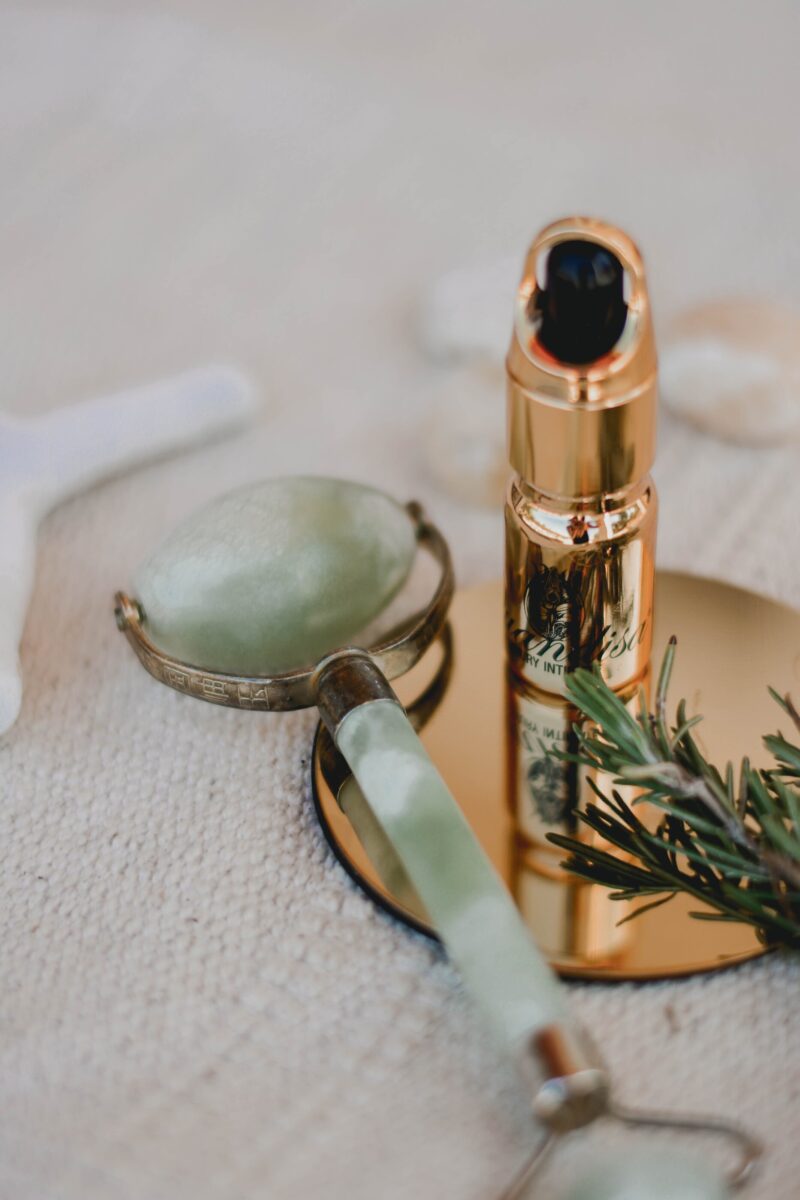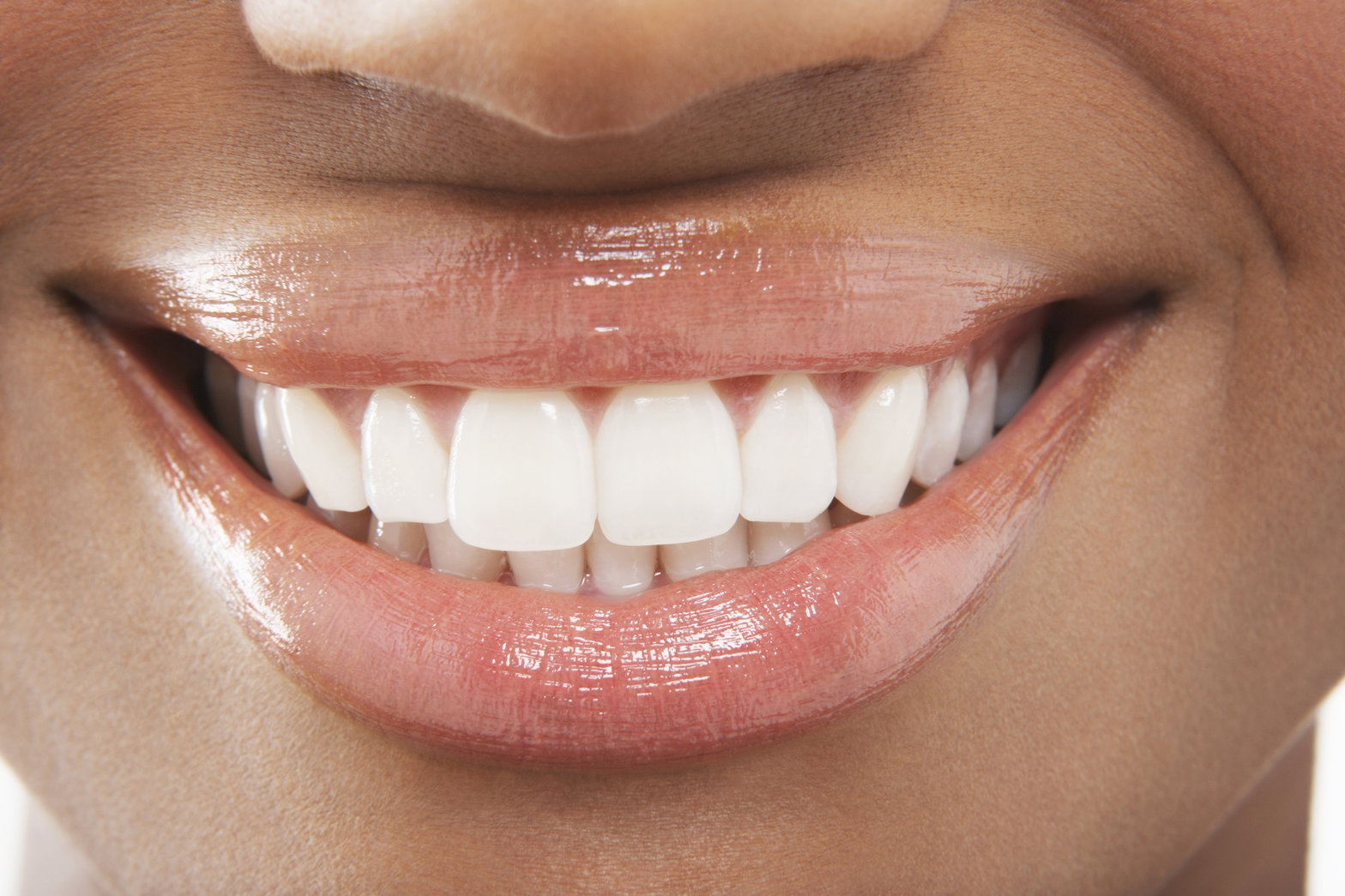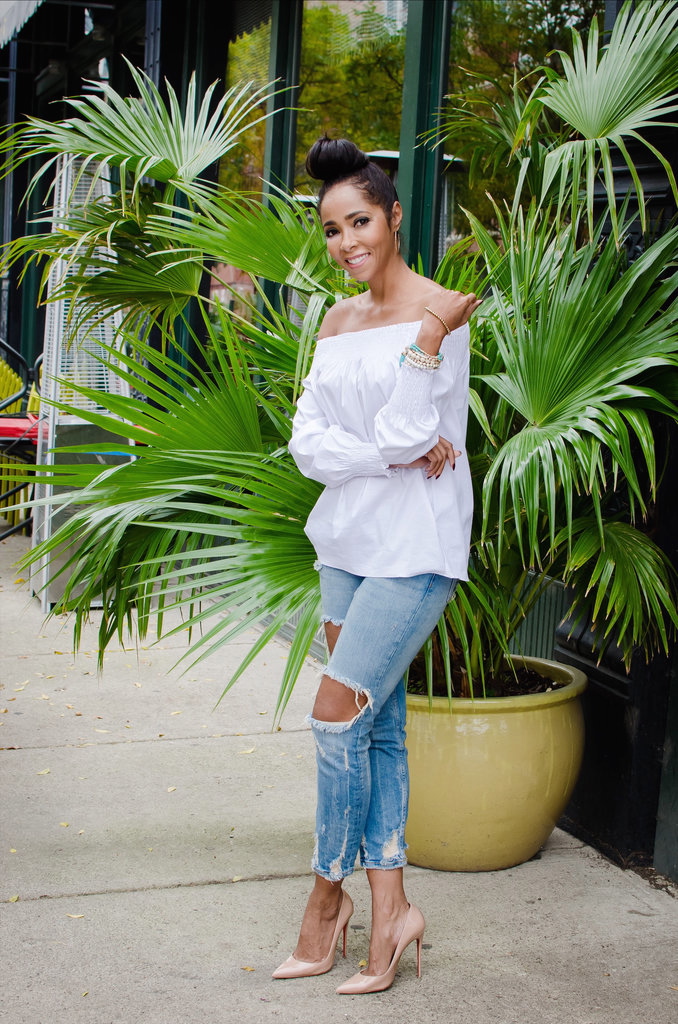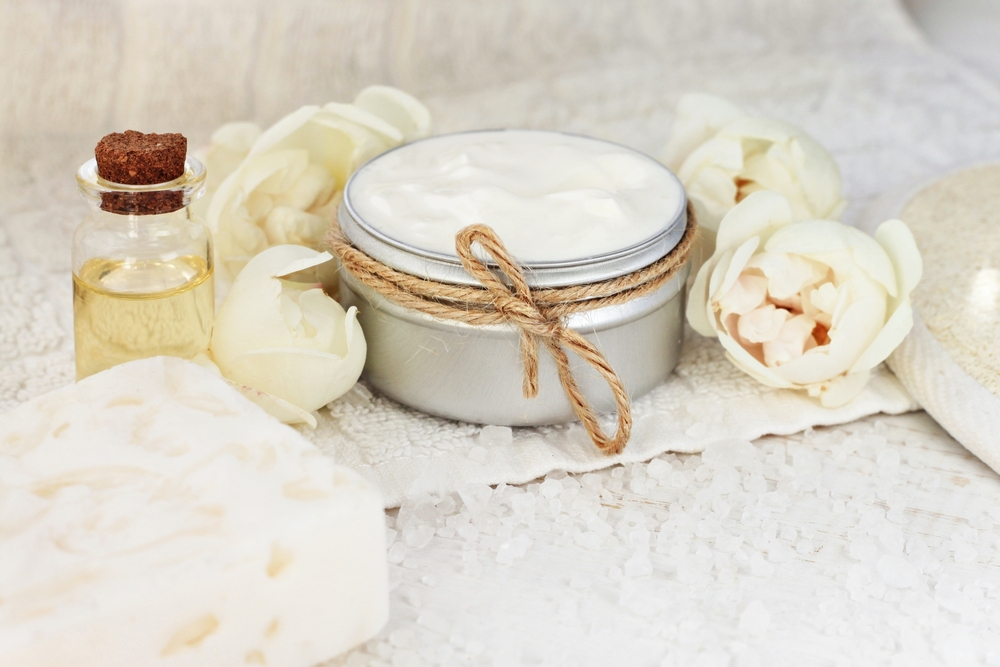
Total honesty, every time we flip our hair, rub our fingers through it, twirl our curls or neatly tuck our locks behind our ears, we feel a heightened sense of confidence when we know, our hair is healthy. Healthy hair is one of those top secret weapons a girl holds dear to her heart. Whether we’re rocking a teeny fro, a face-framing pixie (my all time favorite) or waist-length cascades of curls, as long as our locks are healthy it gives us an innate sense of confidence. After over a decade of wearing my locks anywhere from a half inch to six inches long, I decided to grow it out. I absolutely love my hair short or shoulder length or longer. Absolutely, I didn’t say mid-length, and maybe that will change someday. Sounds weird, but its true. My hair is very fine, and I’ve just found through trial and way too much error, it behaves best when kept in its natural state and either short or beyond my shoulders.
Deciding to grow it out, I knew two things. I had to get past the dilemma of the mid-length period that’s always been an awkward stage for me growing layers out of my shortcuts. I always found myself frustrated waiting for it to grow only to chop off the ends as the shorter layers took their time to catch up. And if you have fine hair, you understand the struggle of various length layers when your hair is already fine. We can all grow hair, but the key is retention, so I had to pay closer attention to the daily care I was giving my hair in order to retain the length.
So, I started educating myself by going to a salon that specializes in natural hair care, reading natural hair blogs and experimenting with the understanding that I needed to create a routine that works specifically for my fine, porous hair. While, I’ve known the basic, of shampooing, conditioning and applying some type of styling aid, there was a ‘hella’ lot I never took the time to understand. I KNOW, but I loved my hair short, and cut it every few weeks so it didn’t really matter. LOL!
I had absolutely no idea, the difference in a deep conditioner, versus a leave in or even a protein treatment versus a deep conditioning treatment. I know, no judging- crazy but true. Since those days of hair ignorance, I’ve educated myself well, and I’m all about keeping my hair healthy and happy.
Here are the three fundamentals I’ve learned, and have adapted.
Deep condition. Deep conditioners (or hair masks) are excellent hair care treatments that gives our hair a deeper penetration of moisture. Whether you’re rocking your natural hair in a protective style, in its natural state or pressed, you can’t go wrong with a great deep conditioner. If I’m not using one of my homemade ones, I love the results Phyto Phytojoba Intense Hydrating Brilliance Mask gives me. If like me, you opt to rock your strands straight from time to time and use a blow drying and flat ironing, it’s a great hydrating deep conditioner that restores moisture and adds strength back to your strands by giving it a nice smooth coat. When deciding the right deep conditioner for my own needs, I consider two elements, protein and moisture.
- If your hair is dry and not so damaged, try opting for a moisture-based deep conditioner for your hair and use after your every other shampoo.
- If your hair has undergone more intensive wear and tear but retains some moisture, try a protein-based deep conditioner and use it bi-weekly or monthly.
- If your hair is both dry and damaged, then your deep conditioner should include both moisture and protein ingredients and use it as directed.
Protein please! I learned I was totally neglecting to add extra protein, but my hair is much stronger since I started doing monthly protein treatments. Here’s the scoop on protein, on average, around 90% of each strand of hair is made of protein. Daily combing, styling, and heat chip away at the protein in your hair, so it’s up to us to actively repair any damage. Protein conditioners are designed to coat and strengthen the keratin in our hair. A healthy amount of keratin wraps, and hence, smoothen damaged hair cuticles. When checking out the ingredient labels look for a type of hydrolyzed protein. Hydrolyzed means the protein has been made small enough to fit in the spaces between your hair’s cuticles and can absorb into the hair’s cortex.
Popular examples of hydrolyzed protein:
• Hydrolyzed Keratin (from wool)
• Hydrolyzed Oat Protein
• Hydrolyzed Silk Protein
• Hydrolyzed Soy Protein
• Hydrolyzed Wheat Protein
I’m using Aphogee’s Two-Step Protein Treatment monthly and it keeps my strands resilient.
Moisture is a must. Dry, brittle or frizzy hair is an indication that your strands are thirsting for more moisture. A moisturizing deep conditioner will help hydrate your hair to retain moisture and improve texture and elasticity. I’m using Phytobaume Hydration Express Conditioner and it’s the truth. When using a homemade recipe I use natural oils and sealants in my moisturizing conditioners, here are a few to consider:
- Coconut oil
- Olive Oil
- Shea Butter
- Petrolatum
- Mineral Oil
I’ve also learned to follow the instructions on your product. Brands have placed these products to the test and if the label says to use it for 3 minutes for maximum result, you won’t get a better result at minute 4 or 5. Play with your own hair type and needs and figure out how often may need the extra nourishment. If you’ve damaged your hair, using a protein treatment at least once a month will help strengthen and fill the bonds. Be sure to immediately follow the protein treatment with a moisturizing conditioner to infuse it with moisture. Also, to maximize your results of my deep conditioner, I use a hair steamer on medium heat while the conditioner sits.
Product Details:
Amazon, Phyto Phytojoba Intense Hydrating Brilliance Mask
Amazon, Aphogee Two-Step Protein Treatment
Amazon, Phytobaume Hydration Express Conditioner










